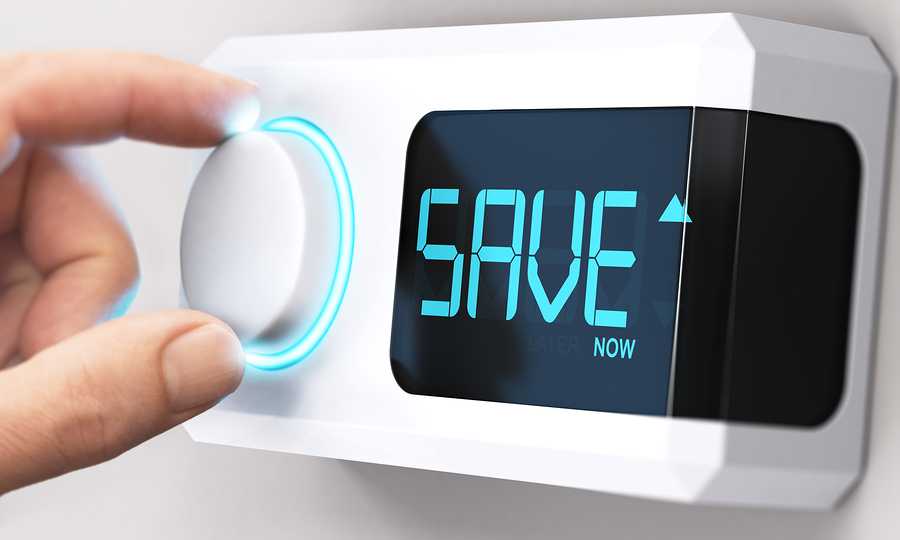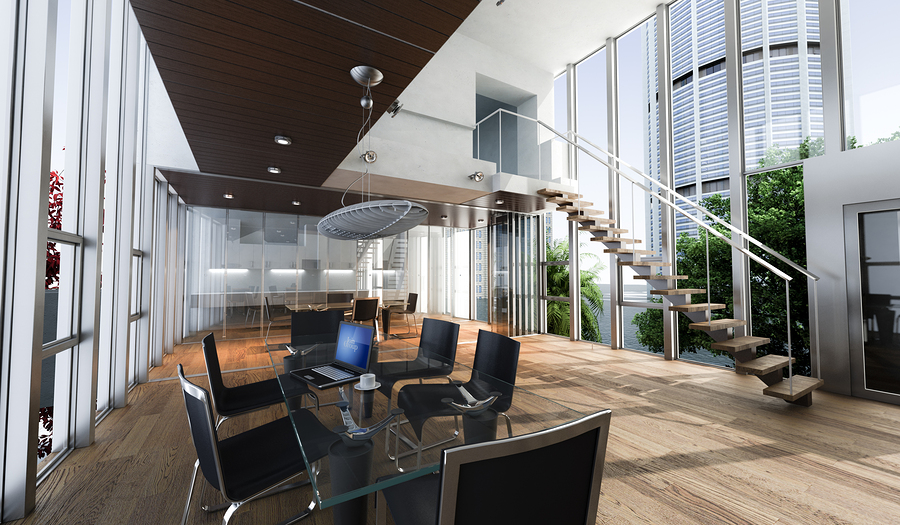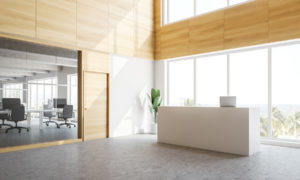Tenants have high expectations for commercial developments — from fitness centers to comfortable common areas to sustainability practices and smart building technologies, they want it all. But how can you adopt all these anticipated amenities while controlling operational costs? Here are a few tips.
1. Improve security and save staff time
Digital surveillance, access restriction, and elevator control technologies save costs in the long run. A single security guard can keep watch over an entire building using these streamlined systems. Plus, businesses will appreciate the added measures to ensure the safety of their offices, employees, and equipment.
Thanks to innovative last-mile solutions like smart lockers, you can also protect corporate deliveries without requiring staff time to receive, sort, log, and distribute packages. Couriers can simply drop off packages securely in the lockers without interrupting anyone at the front desk.
2. Embrace technology to improve efficiency
A recent industry outlook from Deloitte suggests that commercial real estate companies invest in “modern core technology systems that are more dynamic, automated, and easy to integrate with emerging solutions.”
Automation pays for itself, saving up to 10% for buildings that use more than $1 million in annual energy expenses. It’s also what tenants want — a Dell and Intel study shows that 44% of employees think their current office building isn’t “smart” enough, and they want that to change within the next few years. But you don’t have to make your building fully automated right out of the gate.
Start small with smart devices, with the ultimate goal of linking them in a centralized network. You can integrate smart designs into just about anything — security, HVAC, lighting, and more — allowing property managers to monitor, control, and optimize building systems and processes. These devices collect and store data that will better inform your future budgeting decisions.
You can also free up employee time with software and apps that simplify management tasks like tracking expenses, scheduling maintenance, and taming mailroom chaos.
3. Let there be light, for less
If you’re not yet ready for smart windows and solar panels, there are modest adjustments you can make in the meantime.
Lighting accounts for a shocking 39% of an average office building’s electricity. But cost-cutting can be as simple as installing occupancy sensors that automatically turn off lights in vacant rooms. And when it comes time to replace bulbs, opt for LED lighting instead. LEDs “last up to five times longer and use 70% less energy” than traditional lighting.
Another chunk of the electricity bill comes from leaving idle equipment plugged in. In fact, Energy Star says leaving things plugged in can account for up to 75% of energy consumption. To avoid this, use smart plugs or power strips designed to turn off items that remain in standby too long.
4. Take a smarter approach to temperature control
Space heating accounts for as much as 86% of a commercial building’s natural gas use and inflates operating expenses during cold winters. Likewise, the cost of air conditioning in hot weather can be astronomical.
Use programmable thermostats to combat high energy costs, or consider dropping the temperature by one degree in the winter and raising it one degree in the summer. This simple adjustment can result in a savings of up to 3% per degree change. You can also use reflective roof coatings, window film, and awnings to block summer heat.
5. Minimize repairs with predictive maintenance
Essential equipment like HVAC, plumping, lighting, fire safety, and elevators need regular attention to avoid extensive repairs and tenant interruptions. And cheap equipment often deteriorates and fails quickly. Replace worn products with high-quality, professionally-installed options. These will require less maintenance and operating costs over time.
Consider switching from preventive maintenance to predictive maintenance. Instead of scheduling regular inspections to catch problems early, you can use automated systems to determine when equipment will need servicing based on collected data. This reduces the number of emergency repairs, minimizes labor costs, and extends the life of your equipment.
—
Technology pays for itself in no time with its efficiency and competitive advantages, so giving tenants the comfort, safety, and convenience they crave has never been easier. Be sure to check out Smiota’s package lockers for one easy step toward “smart” building design.




